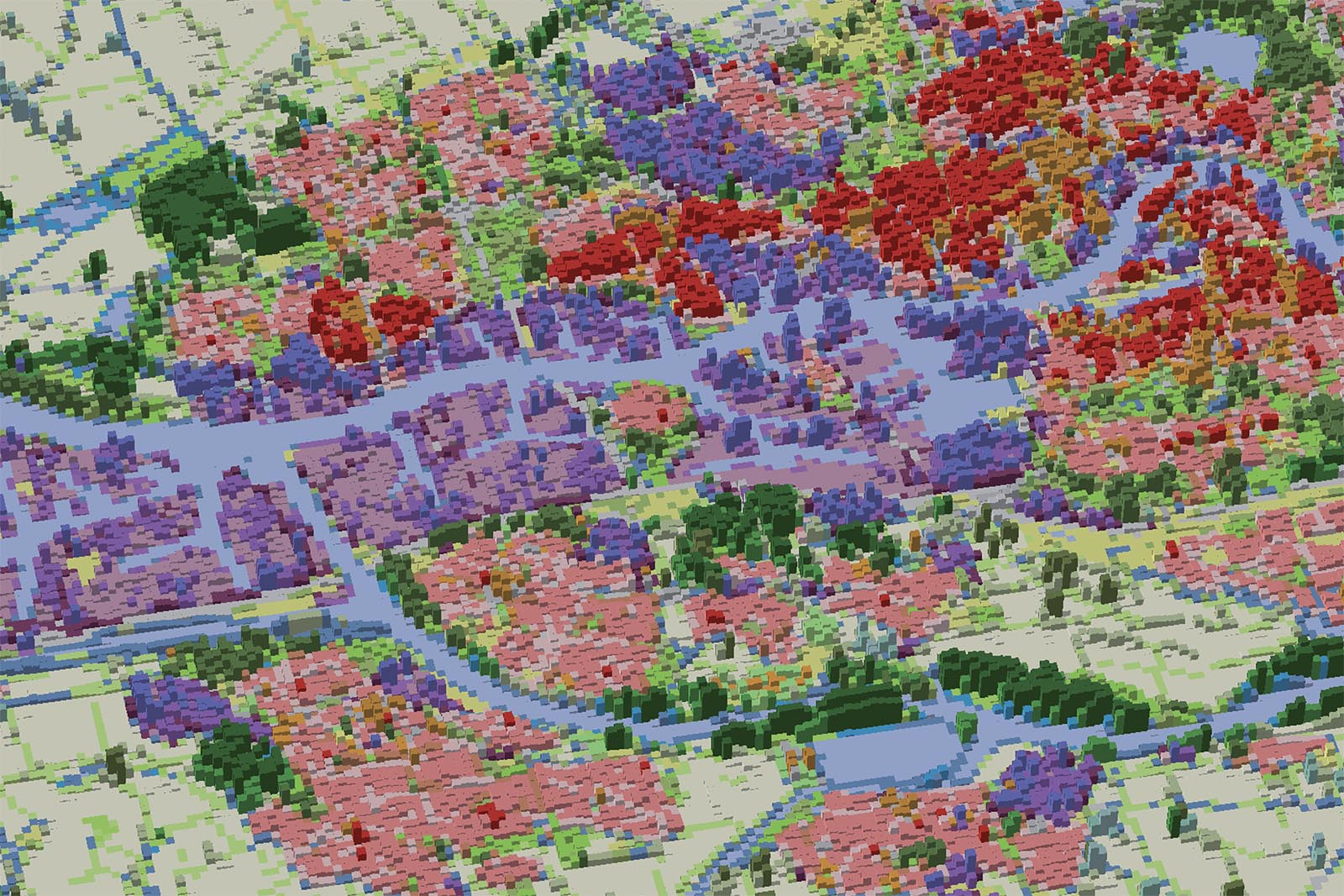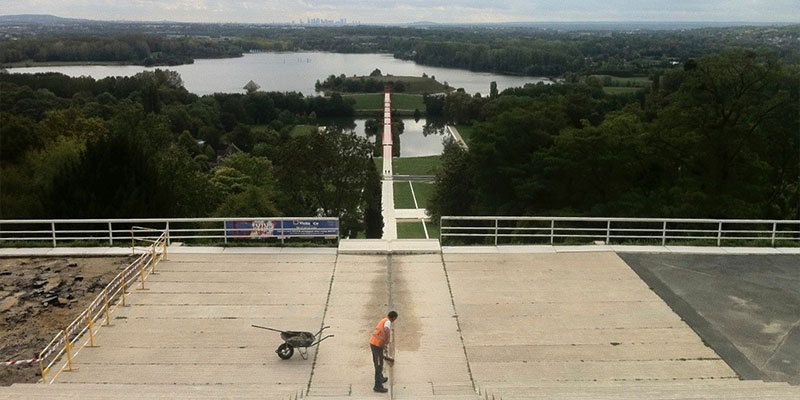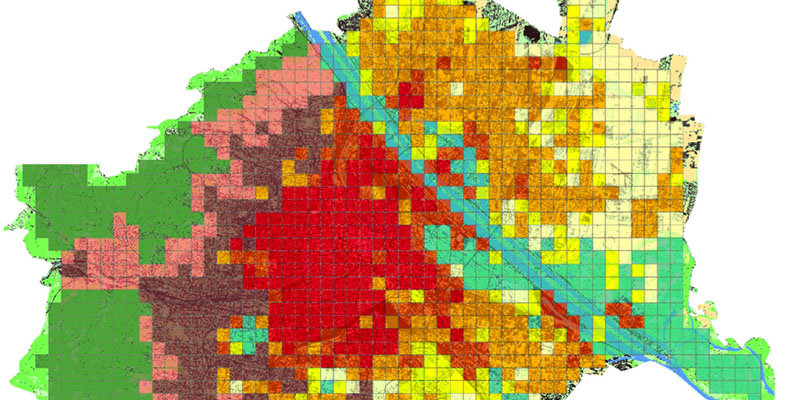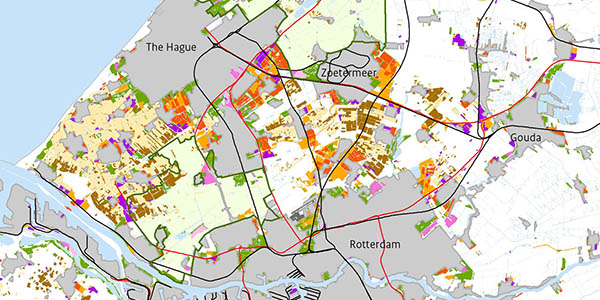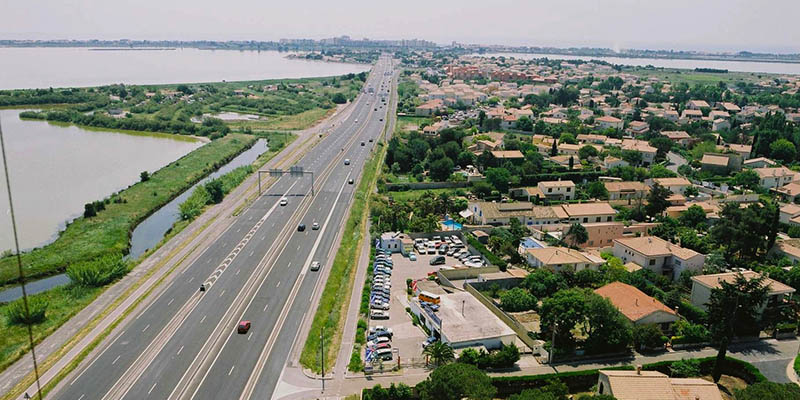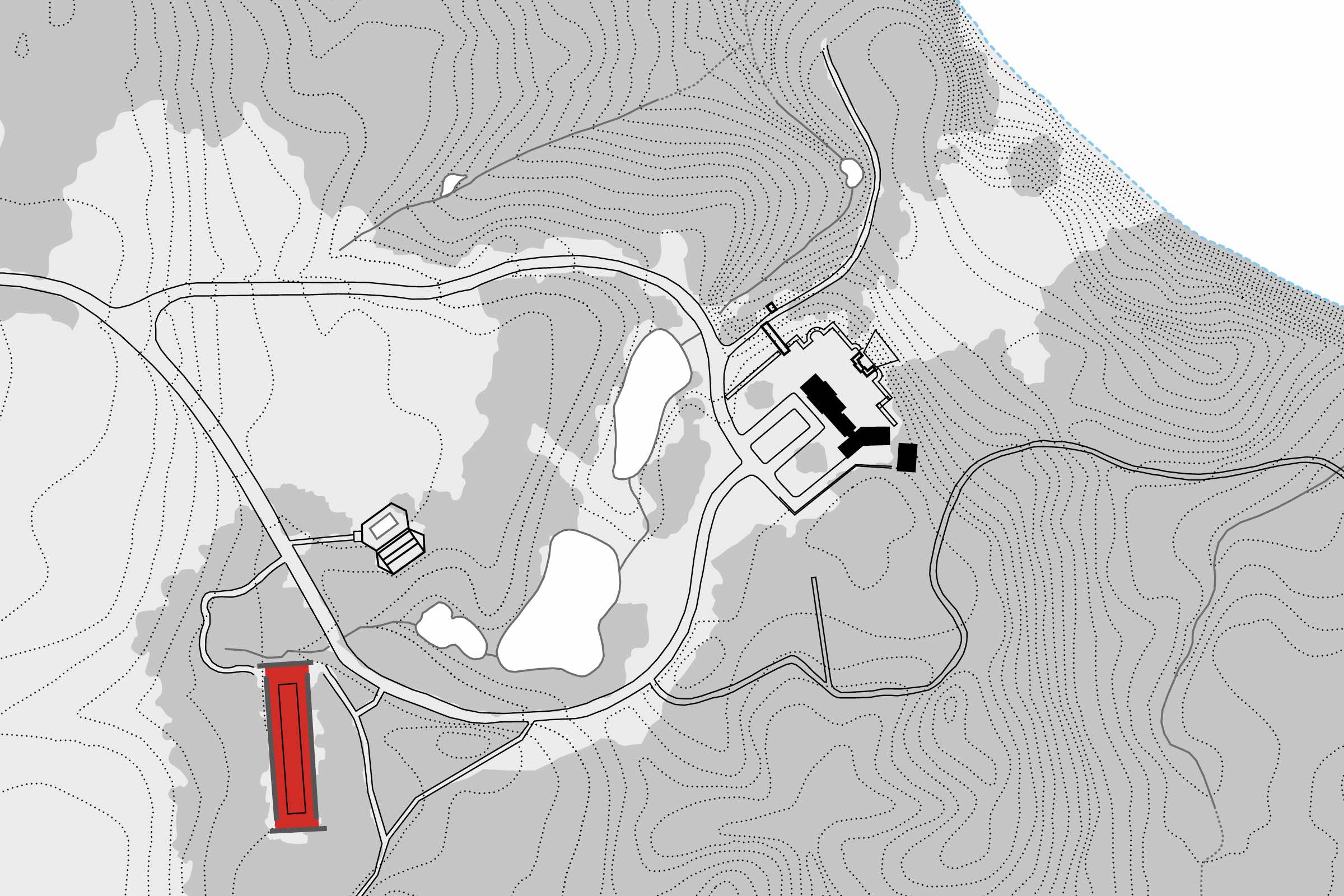
Advances in planning, design and characterization of metropolitan territories via landscape
In European metropolitan areas, historical accretion and mature planning cultures have lead to distinctive urban-landscape configurations with their own particular morphologies, systems and dynamics.
The aim of this issue is to present state-of-the-art research engaging with the metropolitan landscape in European urban regions from the perspective of spatial planning, urbanism and landscape planning disciplines.
6 articles / 125 pages
E-ISSN 2215-0900
Issue editors
Dr. ir. Alexandra Tisma, Senior Researcher, TU Delft & Netherlands Environmental Assessment Agency.
Ir. Rene van der Velde, Associate Professor, TU Delft
Articles
-
This paper presents a theoretical and methodological framework for a comprehensive landscape characterization, focussing on the largest and most complex urban realm: the metropolitan region. Landscape character has in recent years emerged as a new paradigm to understand, monitor and evaluate cultural landscapes undergoing change. The scope of characterization methods however, is by and large limited to the non-urban realm. In physical terms, the border between the urban and non-urban realms is becoming increasingly diffuse, particularly in metropolitan regions.
Metropolitan...
-
Many studies have addressed landscape preferences in rural settings, identifying key aspects and elements of the visual landscape important for people’s appreciation. Information about these characteristics of landscapes has then been used as bases for indicator frameworks linking measurable indicators to landscape aesthetic theory. However, there is a need to expand and develop these frameworks to be relevant for assessment of metropolitan landscapes. Nine key concepts, identified by Tveit et al. (2006) and Ode et al (2008), in existing frameworks for visual landscape assessment,...
-
The European Landscape Convention implies a requirement for signatory states to identify their urban landscapes which goes beyond the traditional focus on individual parks and green spaces and the links between them. Landscape ecological approaches can provide a useful model for identifying urban landscape types across a whole territory, but the variables relevant for urban landscapes are very different to those usually addressing rural areas. This paper presents an approach to classifying the urban landscape of Vienna that was developed in a research project funded by the Austrian...
-
In recent decades, most rural-urban fringes in the Netherlands have seen substantial urbanisation. Urban expansions at the rural-urban fringe have formed complex hybrid landscapes consisting of residential areas, commercial zones, agricultural land, recreational and nature areas. In certain regions, urbanisation is rather compact and concentric, whereas others show dispersed and polycentric morphological patterns. Based on quantitative and qualitative spatial research, this article analyses recent urban developments and urbanisation patterns along the rural-urban fringe in the...
-
Identification and assessment of strategies for the conservation and multifunctional development of green open space in the urban fringe of European urban regions is a challenge to both the academic and the real life world. Within the EU funded research project PLUREL – Peri-urban land use relationships – ‘Strategies and sustainability assessment tools for urban rural linkages’, we developed a methodology for international comparison of regional strategies that considers the policy context at supra-regional level. This methodology helped to explain the reported impacts of strategies. For...
-
The heterogeneity of the contemporary metropolitan landscape has led to a multiplicity of intermediate spaces, in between and within the different tissues of the metropolitan landscape. These interstices can provide favourable conditions to be transformed into gardens. What design instruments can be discovered for these gardens to address the characteristics of the interstice? And what is the value of doing so? In this essay three contemporary examples are compared, which explicitly address the different metropolitan landscapes in which they are located.
Paley...
